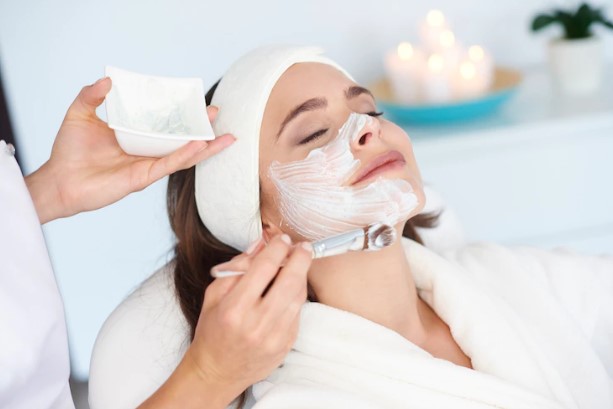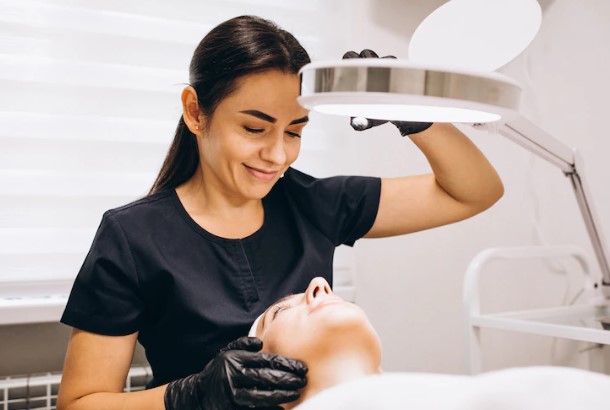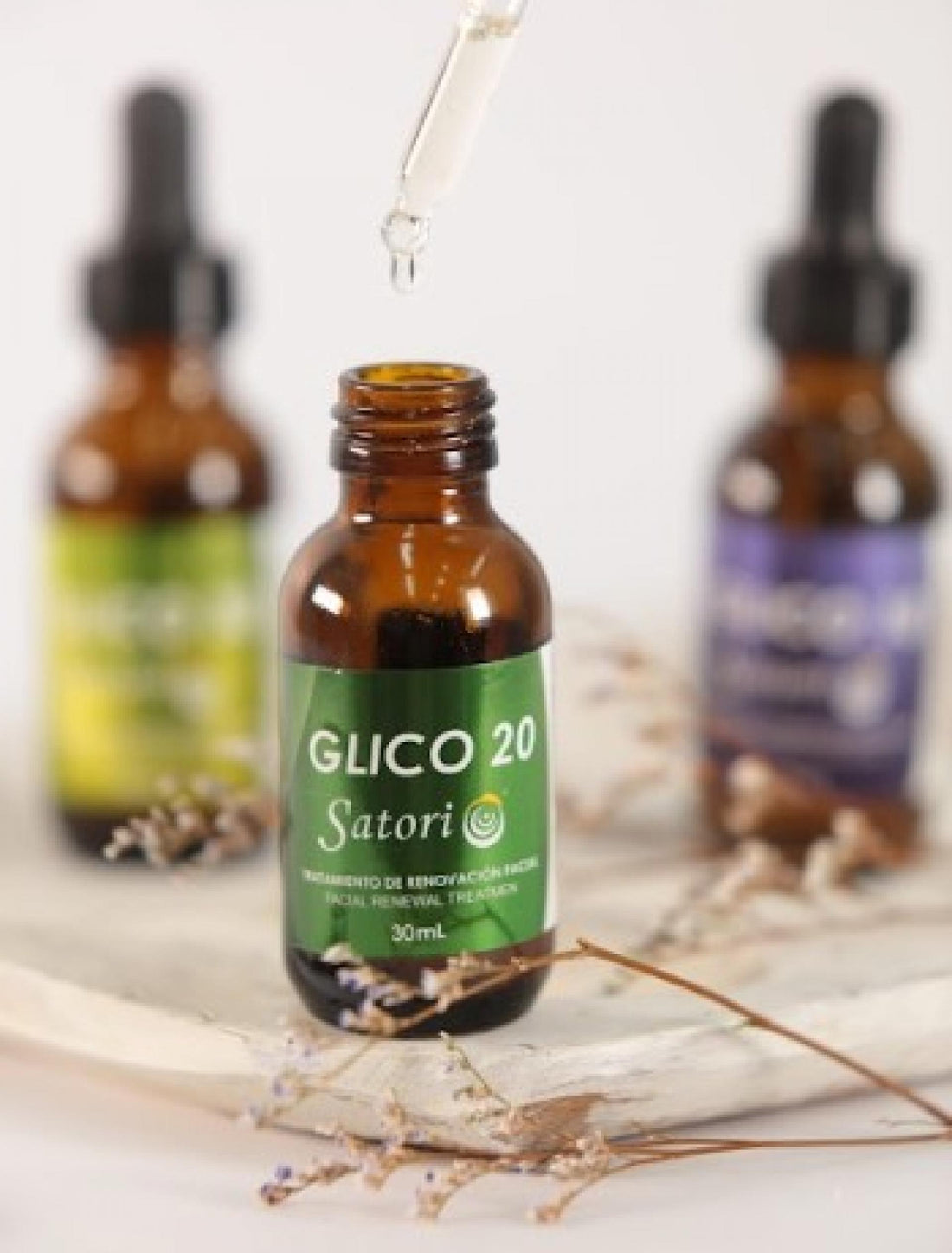
Glycolic acid is an alpha-hydroxy acid (AHA), an active ingredient of natural origin that has great regenerating power. It is a powerful anti-aging agent that acts deep in the skin, achieving a peeling effect, helping to eliminate the layer of dead skin cells. Besides, It helps accelerate the skin's cell renewal cycle and stimulate collagen formation.


Due to its low molecular weight, it has a high penetration power into the skin , which allows its mechanism of action to act in its layers, thus increasing the luminosity, hydration and uniform tone of the face. Glycolic acid has become a favorite , when the skin absorbs it, the cellular junctions of the cells are broken, which generates a peeling process that accelerates the cell renewal of the skin and generates more intense, long-lasting and visible.
What is glycolic acid used for?
- Exfoliating action: It drags away dead cells, thus revealing the youngest and most vital cells, giving rise to completely regenerated, soft and smooth skin.
Nevertheless, The action of glycolic acid is so strong that you should never forget to apply high SPF sun protection after using it , since the skin is very exposed to the damaging effects of the sun.
- Anti-wrinkle: It helps the generation of collagen in the skin, which allows it to regain firmness and prevent the appearance of annoying wrinkles. If they have already appeared, this active ingredient “fills” them and attenuates them, providing a younger appearance.
- Moisturizing power: This AHA can access the youngest skin cells due to its molecular size and thus have the result of hydrated skin, thanks to its ability to retain water.
- Anti-spots and anti-acne: Its bactericidal power prevents the microorganisms responsible for acne problems and other imperfections from entering the scene. The peeling and regenerating effect that we talked about before also helps keep the skin free of blemishes, scars or stretch marks.
It must be taken into account that The days after the Peeling it is recommended to use a lot of moisturizing cream and facial masks, since the skin will be red and peel. Additionally, it is very important not to expose yourself to the sun or UVA rays so that spots do not form and the positive effects of the treatment are not altered.


Risks of using glycolic acid
Although allergic reactions are very rare, The use of glycolic acid can sometimes cause minor irritations if you do not know how to use the product. For this reason, we recommend that its use be for professional use only.
Normally, when used for the first time, Glycolic acid can cause a slight stinging or burning sensation , which lasts only a short time. However, sometimes the following side effects may appear:
Normally, when used for the first time, Glycolic acid can cause a slight stinging or burning sensation , which lasts only a short time. However, sometimes the following side effects may appear:
- Redness
- Burning
- Light sensitivity
- Burning sensation on the skin
- Injuries that can cause hypertrophic scars
- Darkening
- Changes in skin color
- Scabs and scales
- Infection in people who have a history of herpes outbreaks
To avoid these unwanted effects, It is recommended that any treatment with glycolic acid be indicated by a dermatologist , because it is important that the skin type be evaluated and the mode of use indicated depending on the benefit sought.

If you want to know more about the use of acids and their benefits, Click Here
Sources
Glycolic acid: what it is and what it is for
Glycolic acid: what it is, what it is for and its benefits
What do we know about chemical peeling: types and applications
Carolina Cardona Valencia, Social Communicator.
For Satori Beauty

If you want to know more about the use of acids and their benefits, Click Here
Sources
Glycolic acid: what it is and what it is for
Glycolic acid: what it is, what it is for and its benefits
What do we know about chemical peeling: types and applications
Carolina Cardona Valencia, Social Communicator.
For Satori Beauty

